HONEYTRAP

This is an establishing shot where the bus drives past, also highlighting the city location. The housing in the background could be considered council housing, giving the impression that a lot of working class people live in that area. The diegetic sound is of the traffic and the vehicles driving past - a typical background noise for this type of area.

This is a point of view shot from the gang member's perspective. showing that they're close behind which creates tension. The diegetic sound is of Shaun's dialogue where he's simply making conversation with Layla, showing that he's unaware of the coming attack.
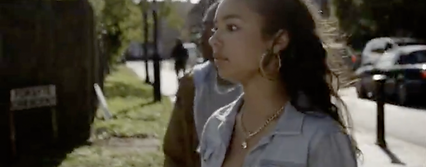
This is almost an over-the-shoulder shot where you can see the gang member running towards them. The fact that the angle of the shot is set out to show Layla's face and the gang member near-by can imply that she has some sort of connection to them. The external diegetic sound is of the clicking sounds of Layla's heals, the speed of her steps shows that she's walking quite fast and she may be trying to get away or escape.
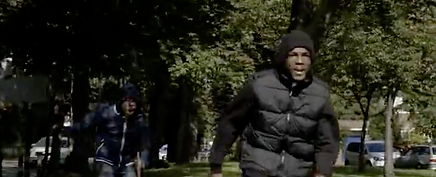
This is a wide shot of the gang coming out to finally attack him. It appears to come from a lower angle, emphasising the power and superior position that the gang member is in with his determination to kill Shaun. He is dressed in full black clothing and a hoodie which is a conventional outfit for someone who's in a gang (in the Social Realism genre). The camera is directly facing him which can make the audience feel as though they're standing within the frame and put them on the spot, as though they're the one being run towards. The diegetic sound is of dialogue - "what you sayin?" and "oi come here" - which suits the type of people perfectly.
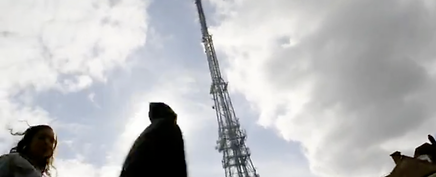
Low angle shot facing the sky which can symbolise Shaun's position within this scene. He's going to be on the ground, much like the camera, because he's being attacked and will literally be thrown to the ground but also because he will notice Layla's - a girl he cares about - betrayal as well as his fear. This frame shows Layla looking towards the camera in the corner which shows her significance and implies that she was somehow involved. The diegetic sound is of people screaming and shouting.

This is a medium-close up showing Layla's face and her emotion (fear). This is when Layla's pain is really shown as Shaun is being attacked by the gang members. The fact that she's not being hurt herself, nor does she run to get help, proves to the audience that she was somehow involved. However, we can see that she must have been in a difficult position because her true emotions - love for Shaun, pain, fear, anger - come through at this point. The diegetic sound is of her crying and the external diegetic sound is of Shaun pleading for help and the gang members shouting.

The screen goes black which can indicate that Shaun has 'blacked out' meaning he's been killed which implies that it's the ending. The non-diegetic sound is of Layla's piercing scream and and then it goes silent as soon as the black screen appears, again demonstrating that the whole attack is over.

The title fades in saying 'Honeytrap' in block capital letters is a simple, white font. This is conventional for films of the Social Realism genre as it demonstrates the simplicity of the people's lives and non-glamorous style in which they live as well as the area that they live in. As the title fades in at the same time that the piano music (with connotations of sadness) appears, we can assume that the story itself is quite upsetting.
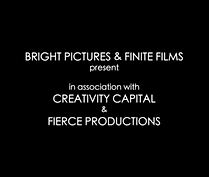
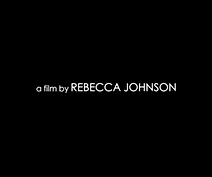
These two titles appear in a white, simple font which is common for films of the Social Realism genre. They're positions in the centre of the frame with nothing around it to emphasise its simplicity. The non-diegetic sound is of a train that may be stopping at a station - this gives the impression that it's set in a busy city.

This is a medium wide shot of the two protagonists: Layla and Shaun. Layla's appears to be walking in front of Shaun, rather than beside him, which implies that she's walking much faster - possibly running away from something. The use of the wide shot allows the audience to see the cars and traffic beside them, again emphasising the typical city setting. The diegetic noise is of Shaun's dialogue with a "street" style accent. He also uses the word 'bare' meaning 'very' which is a common slang term.
This is a medium-close up showing Layla's face and her emotion (fear). This is when Layla's pain is really shown as Shaun is being attacked by the gang members. The fact that she's not being hurt herself, nor does she run to get help, proves to the audience that she was somehow involved. However, we can see that she must have been in a difficult position because her true emotions - love for Shaun, pain, fear, anger - come through at this point. The diegetic sound is of her crying and the external diegetic sound is of Shaun pleading for help and the gang members shouting.

